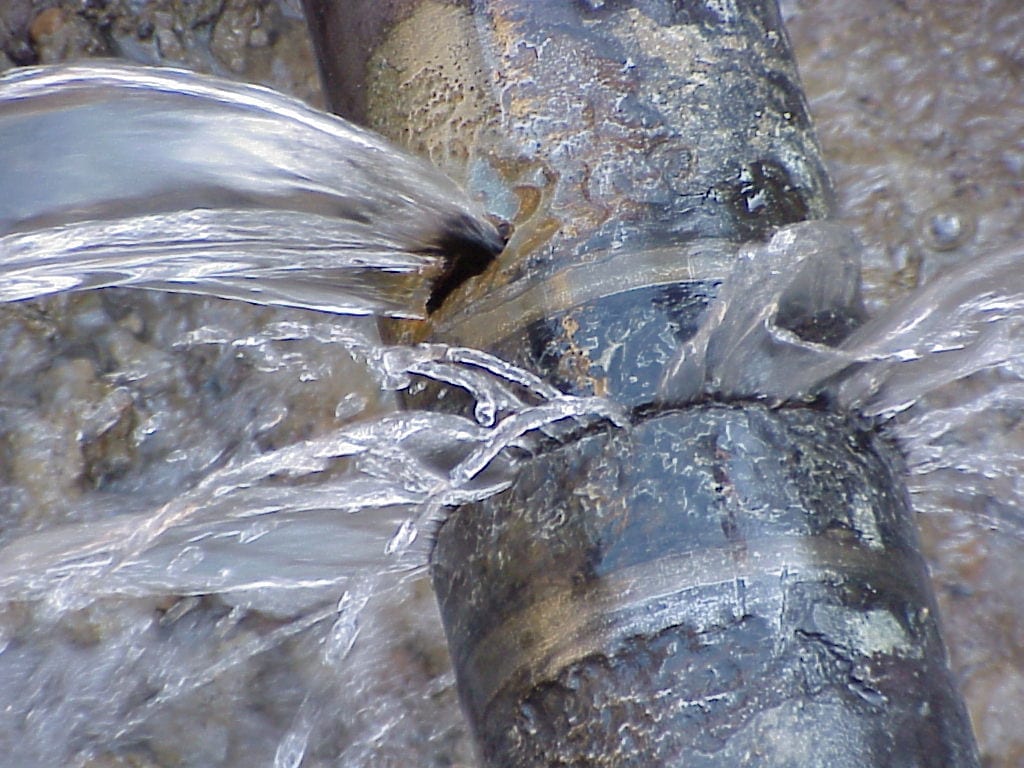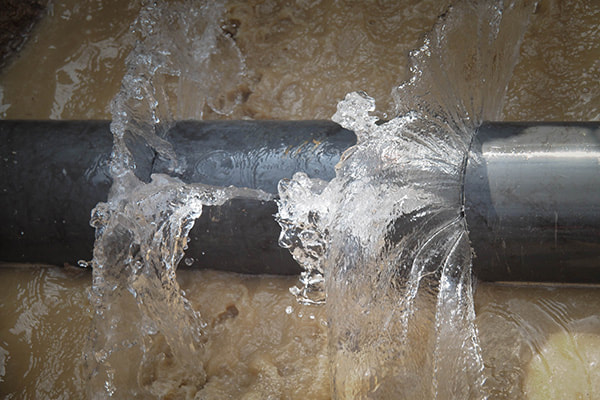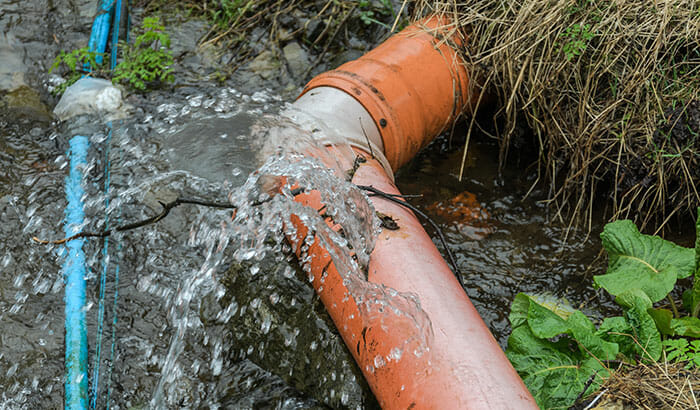Signs of a Burst Pipe: How to Identify and Address the Issue Before It Escalates
Signs of a Burst Pipe: How to Identify and Address the Issue Before It Escalates
Blog Article
What to Do When a Pipeline Bursts: Immediate Steps for Property Owners
A pipe ruptured can be a property owner's worst headache, leading to considerable damages otherwise resolved quickly. The immediate action is crucial: first, situate the source of the leakage and turned off the major water shutoff to avoid additional flooding. Following this, draining pipes the pipes comes to be important to mitigate additional issues. Many homeowners overlook the importance of recording the damages for insurance policy cases, and the process doesn't end there. Recognizing the comprehensive actions to take can have an extensive influence on recovery and remediation efforts. What follows following is critical for reliable resolution.

Evaluate the Circumstance
Begin by identifying the source of the leak; this may involve inspecting the area around the burst pipe for visible signs of water escape. If the ruptured occurred in a hidden room, such as within a wall or under a flooring, look for water spots or merging that may suggest the place.
Next, evaluate the surrounding environment for hazards. Examine for electric cords that might be subjected to water, as this presents a substantial threat of electrocution. In addition, make note of any kind of useful products or furniture that might go to threat of water damage. Understanding the range of the situation will aid you prioritize your following actions effectively.
Documenting the damages with photographs can additionally be valuable, especially for insurance coverage claims. Time is essential, as standing water can cause mold development and more structural damages. By completely evaluating the scenario, you will be better prepared to take the needed steps to minimize additional problems developing from the ruptured pipeline.
Turn Off the Water
The instant concern after identifying a ruptured pipe is to close off the water to stop further flooding and damages. Situate the main shut-off shutoff, usually discovered near the water meter, in the basement, or on an outside wall. Transforming this valve clockwise will quit the flow of water throughout your home, minimizing the threat of considerable water damage.
If you are incapable to find the main shut-off shutoff or if it is malfunctioning, you might need to shut down individual valves connected to the impacted pipeline, if easily accessible. Some homes additionally have second shutoffs for specific home appliances, such as washing dishwashers or devices.
It's suggested to familiarize yourself with the area of these shutoffs prior to an emergency takes place, as this understanding can conserve important time throughout a crisis. In the event that the primary valve is stuck or hard to turn, do not force it; instead, take into consideration looking for professional assistance.
As soon as the water system is shut down, take a moment to evaluate the situation better while preparing for the next steps, making sure that your home is as safe and secure as feasible from added water breach.
Drain the Pipelines
After turning off the water, it is essential to drain the pipes to reduce any type of staying water that might cause extra damage. Begin by opening up all taps in the home, beginning with the greatest level to the least expensive. This procedure encourages the water to drain completely, allowing gravity to assist in getting rid of recurring water from the pipelines.

Be careful when draining pipes hot water, as it can trigger burns. Appropriately draining pipes the pipes is essential to avoiding additional difficulties and aids safeguard your home from additional water damage during this difficult circumstance.
Get In Touch With a Specialist
In the wake of a burst pipe, calling an expert plumbing technician is critical to ensure a comprehensive assessment and effective repairs. Attempting to handle the circumstance without experienced aid can lead to more damages and issues. A certified plumbing professional possesses the expertise and specialized devices essential to recognize webpage the origin of the leak and address it efficiently.
When selecting a plumber, prioritize those with a solid online reputation and pertinent experience in emergency pipes solutions. Inspecting online testimonials, getting recommendations, and verifying qualifications can assist you make an informed selection. It is a good idea to call multiple specialists to contrast action times, estimated prices, and service offerings.
Once you have actually engaged a plumbing, give them with as much details as possible about the incident, including the area of the burst pipeline and the steps you have currently taken. This information will certainly assist them in detecting the problem promptly and precisely.
Paper the Damages
As soon as a plumbing has actually been contacted and the instant problems addressed, it you could look here is essential to record the damages caused by the burst pipe. Begin by taking clear pictures of the influenced locations, concentrating on visible damage to walls, flooring, and furnishings.
Following, assemble a comprehensive checklist of harmed items, including their approximate value and any kind of pertinent purchase info. This stock needs to encompass permanent components, individual belongings, and any type of structural damages observed. Ideally, include the estimated expense of repairs based on professional assessments or previous quotes for similar work.
In enhancement to visual and written documents, maintain records of any interactions with your plumbing technician and insurance coverage service provider. By taking these more tips here steps, you will certainly be much better prepared to browse the after-effects of the event.

Verdict
Immediate assessment of the scenario, followed by shutting off the main water supply, is essential. Draining the pipelines and recording the damages makes certain correct handling of the case for insurance policy objectives.
The prompt top priority after recognizing a ruptured pipeline is to close off the water supply to protect against more flooding and damages. Transforming this shutoff clockwise will stop the flow of water throughout your home, reducing the danger of comprehensive water damage.
After shutting off the water supply, it is important to drain pipes the pipelines to decrease any type of staying water that might lead to additional damage. For homes with a warm water heating system, you must likewise drain the container by connecting a hose pipe to the drain shutoff and routing the water into a suitable container or outside.
Effectively draining pipes the pipelines is essential to preventing additional issues and assists safeguard your home from added water damages during this demanding scenario.
Report this page